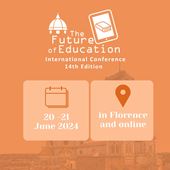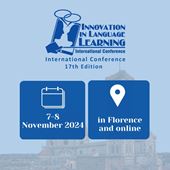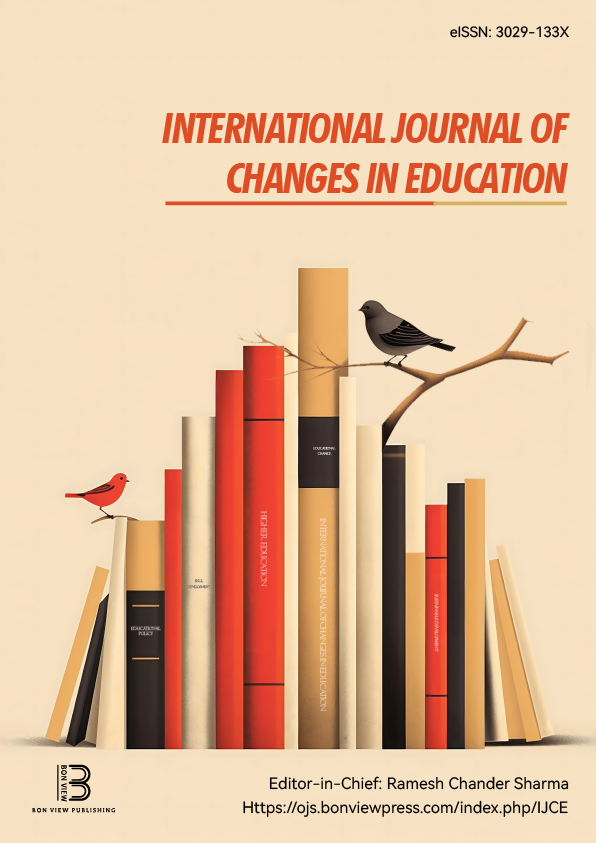From Text to Insight: Leveraging Free-Text Responses to Inform University Educational Improvements
Mio Tsubakimoto, Tokyo Metropolitan University (Japan)
Takashi Nishide, Otaru University of Commerce (Japan)
Sachio Hirokawa, Advanced Institute of Industrial Technology / MONOLITHIC DESIGN Co., Ltd. (Japan)
Tetsuya Oishi, Kyushu Institute of Technology (Japan)
Kunihiko Takamatsu, Institute of Science Tokyo (Japan)
Abstract
In universities, some free text answers are collected in student surveys. Despite the valuable information in the texts, they are not sufficiently analyzed and utilized to improve university education due to the difficulty of directly linking uniform visualization expressions to educational improvement measures. Our study will investigate “how the texts of student surveys can be analyzed and visualized to extract information that contributes to the improvement of university education.[1]” We will develop new visualization expressions and analyze methods that can facilitate discussions among university constituents. Moreover, in student surveys, free-text questions are often used in addition to multiple-choice questions, and text data analysis has become important. Various methods are used to analyze text data, but in recent years, analysis methods using machine learning, such as topic models and LLMs (large-scale language models), have made rapid progress, and the findings obtained from text data have improved dramatically. On the other hand, it is often difficult to understand the real voices of students’ feelings with only a summary or quantified and visualized information obtained as a result of these analyses, so careful reading of texts is also essential at the same time. However, it is not realistic to read and comprehend all of a large number of texts. Therefore, we consider using a randomly sampled subset of text data as an intermediate analysis method between careful reading of the entire text and summarization or quantification[2]. Suppose the similarity of semantic content between the subset and the whole is high. Reading it in real-time may allow us to get a general overview of students’ opinions with a limited amount of text, even though we may miss individual opinions with few mentions. Here, we explore this possibility by quantitatively analyzing the representativeness and accuracy of textual data through this sampling. When humans generate hypotheses, bias may occur due to stereotypes when analyzing issues. However, if hypotheses can be generated mechanically in large quantities as a result of this study, it is expected that multifaceted analysis will be possible without being influenced by stereotypes.
Keywords: Text Analysis in Education, Data-Driven Educational Insights, Text Data Sampling Methods, University Education Improvement
References:
[1] Mio Tsubakimoto, Takashi Nishide, Sachio Hirokawa, Tetsuya Oishi, Kunihiko Takamatsu (2024) Towards the Development of Mining Systems and Visualization Methods for Interacting with Text Data. Proceedings of the 13th Meeting on Japanese Institutional Research, pp.241-245
[2] Takashi Nishide, Mio Tsubakimoto, Kunihiko Takamatsu, Tetsuya Oishi, Sachio Hirokawa (2024) An Initial Examination of the Reliability and Precision of Semantic Content using Free-Description Data Sampling. Proceedings of 2024 Research Project Conference in Japan Association for College and University Education, pp.74-75
 New Perspectives in Science Education
New Perspectives in Science Education





























